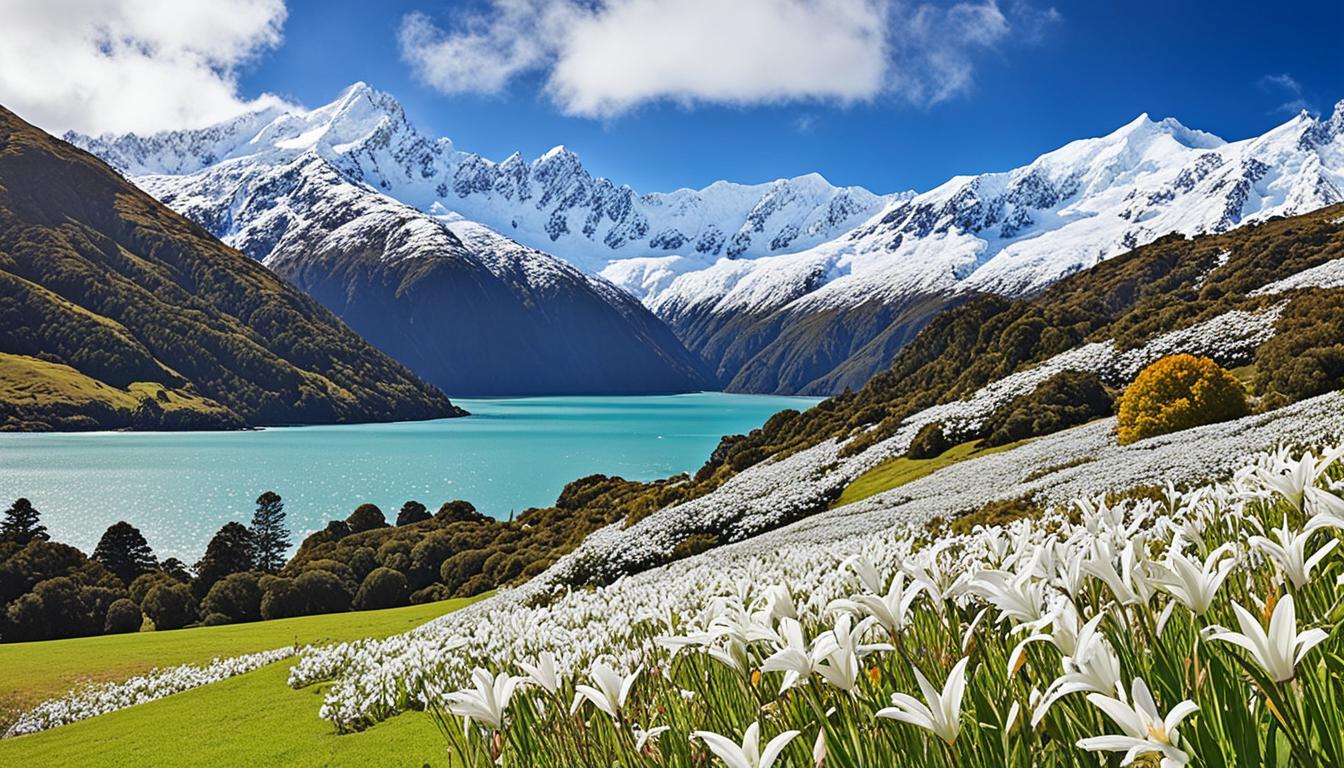
Best Time to Visit New Zealand: Ultimate Guide
Discover the best time to visit New Zealand with our ultimate guide. Explore seasonal activities, weather patterns, and insider tips for an unforgettable Kiwi adventure.

Discover the best time to visit New Zealand with our ultimate guide. Explore seasonal activities, weather patterns, and insider tips for an unforgettable Kiwi adventure.
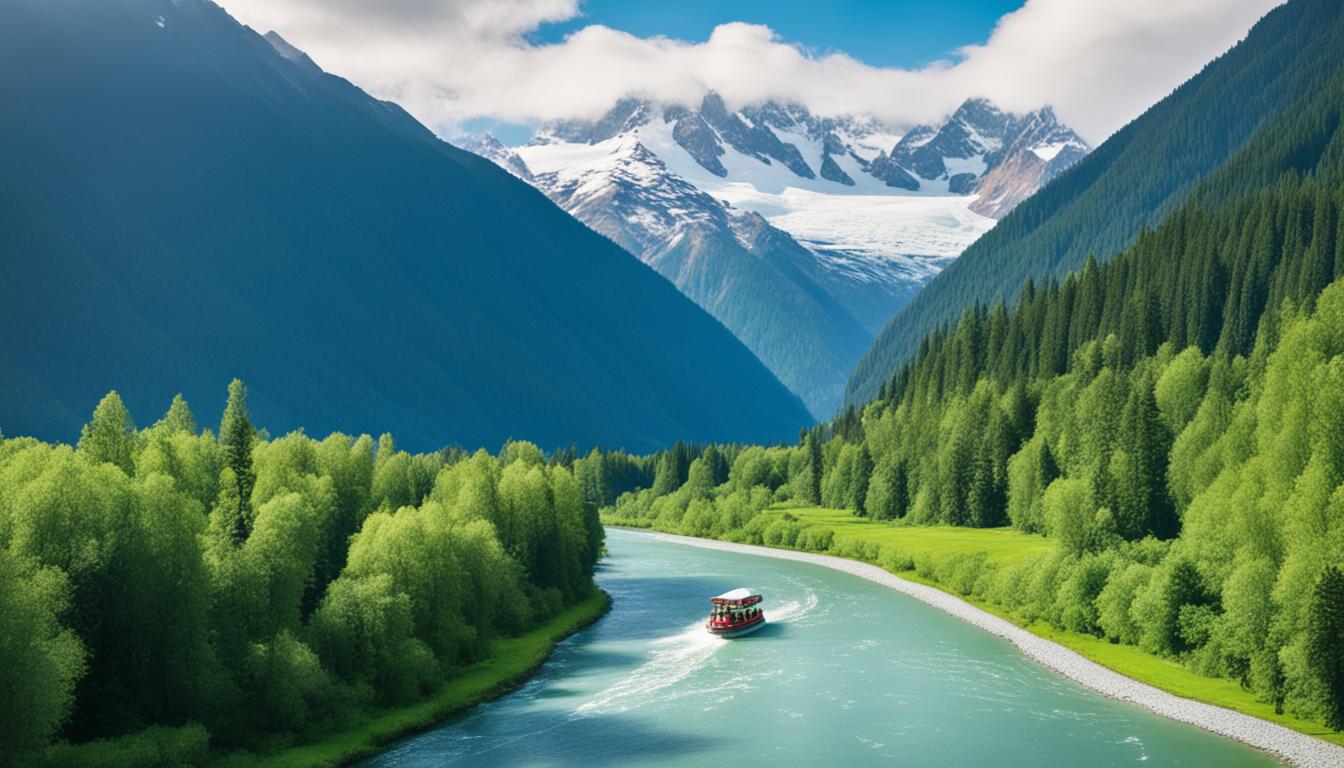
Discover essential New Zealand travel tips for an unforgettable adventure. From stunning landscapes to unique culture, plan your perfect Kiwi experience with expert advice.
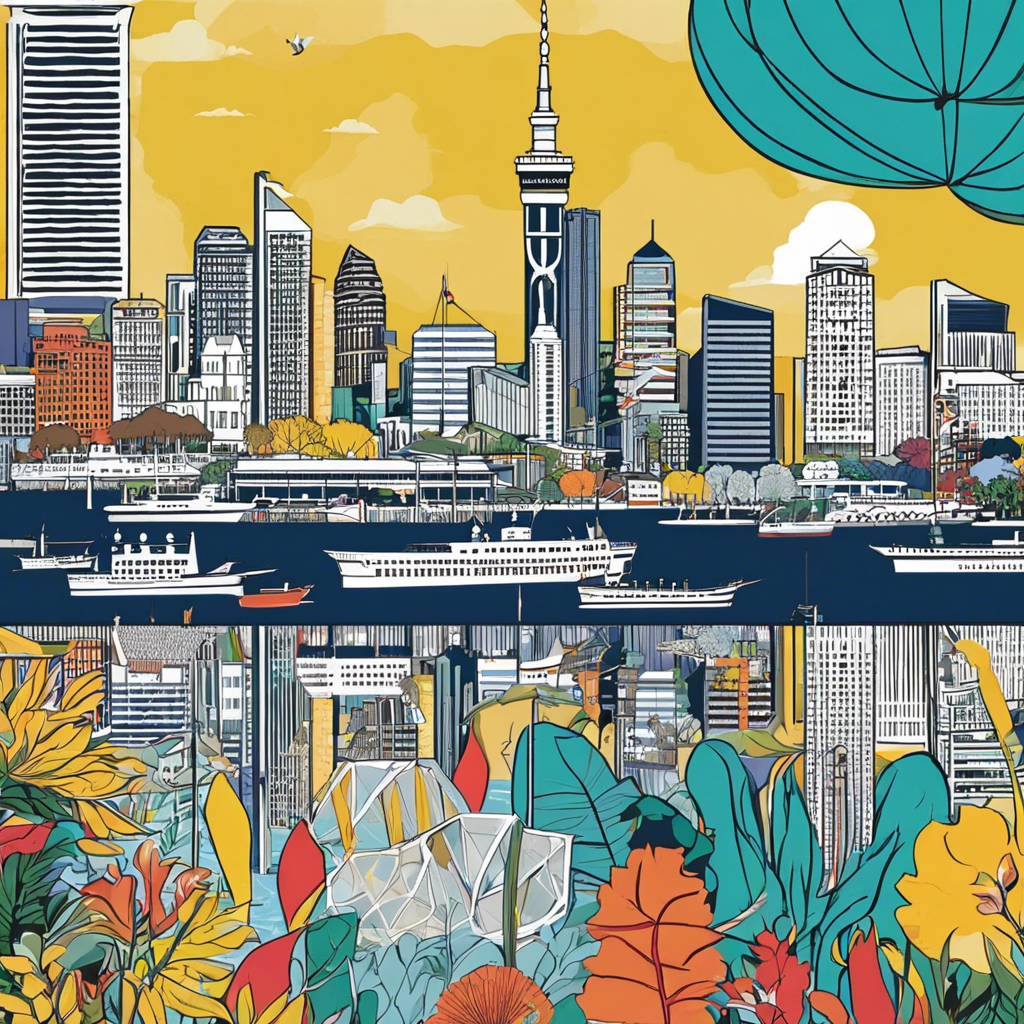
## City Buzz: Auckland and Wellington’s Must-Do Experiences New Zealand’s vibrant cities, Auckland and Wellington, offer a wealth of exciting activities and attractions for visitors. With diverse cultures, stunning natural surroundings, and a bustling urban scene, these cities provide unforgettable experiences. So, whether you’re a foodie, an outdoor enthusiast, or a culture seeker, here’s a…
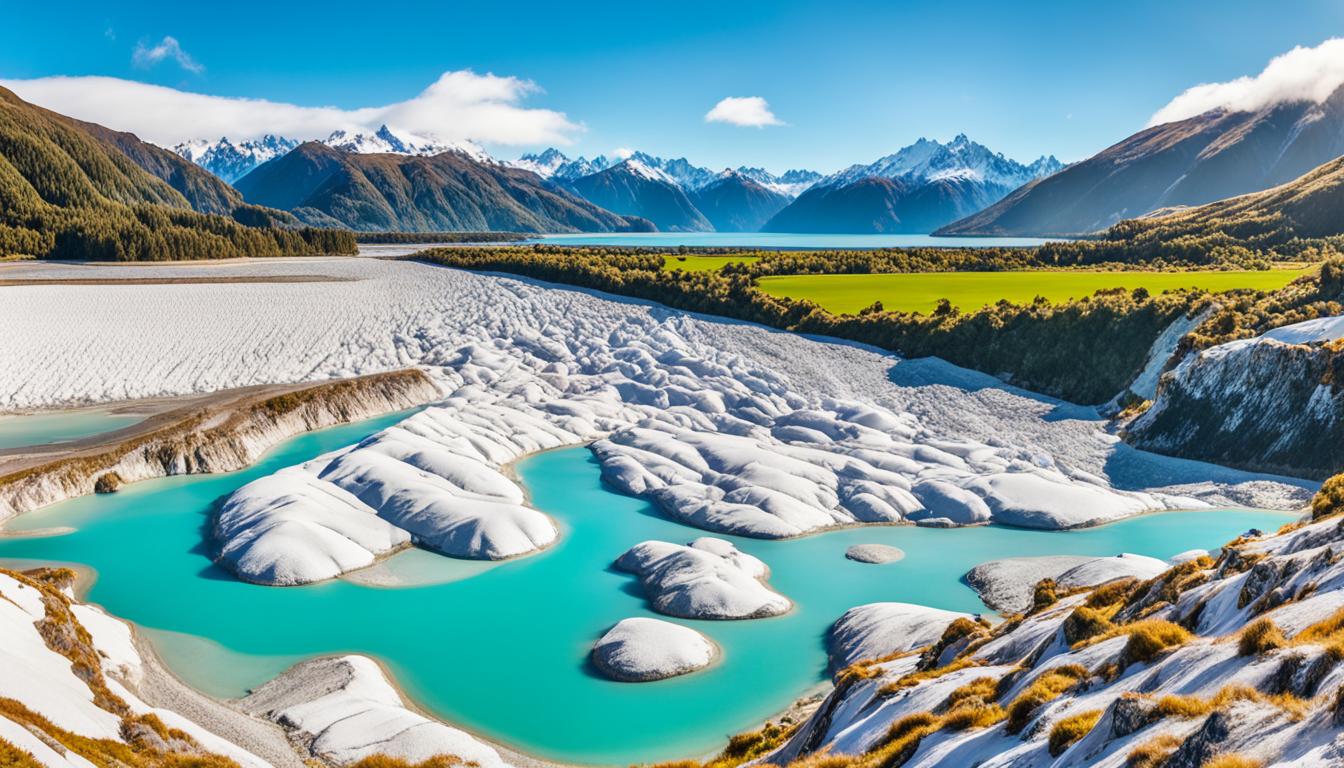
Embark on an unforgettable journey to explore New Zealand’s stunning landscapes, rich Maori culture, and thrilling outdoor adventures. Discover hidden gems and iconic attractions.
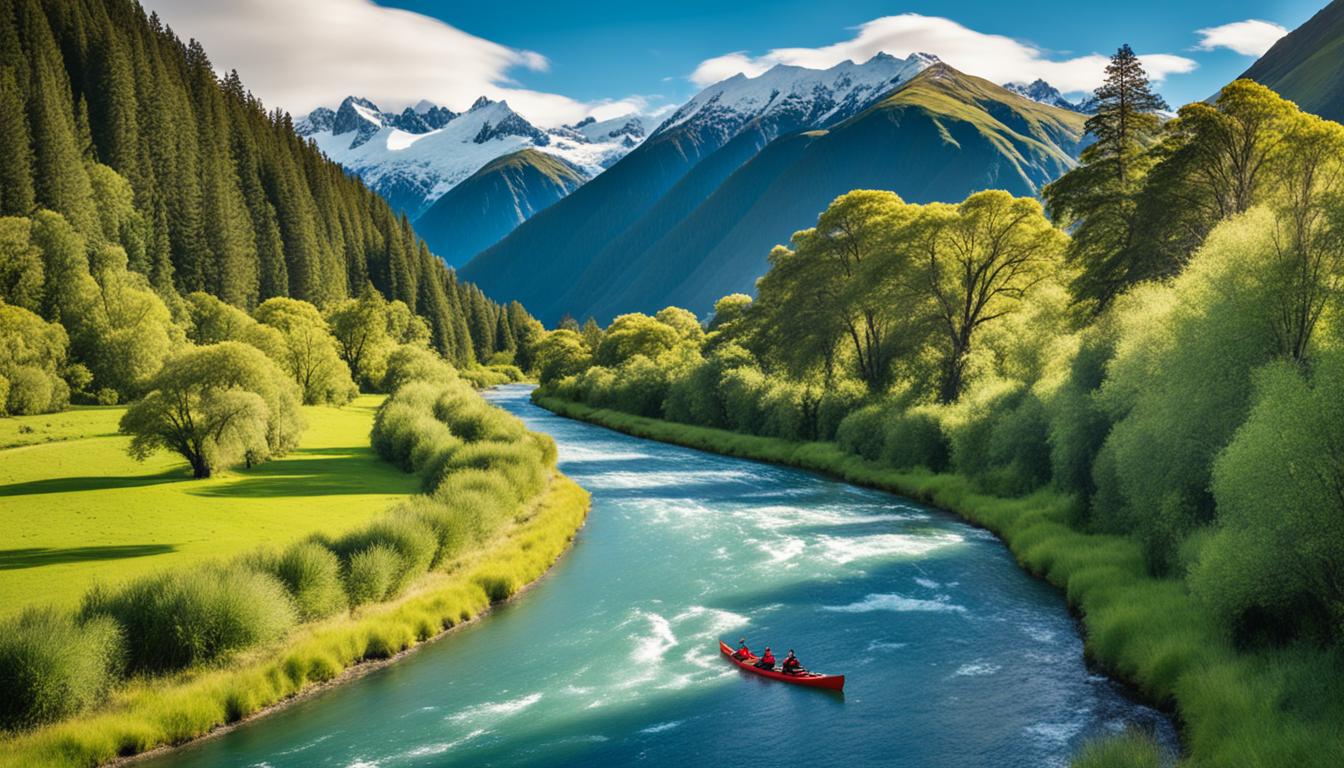
Explore New Zealand’s breathtaking landscapes, vibrant cities, and rich culture. Discover top attractions in New Zealand for an unforgettable adventure in this stunning island nation.
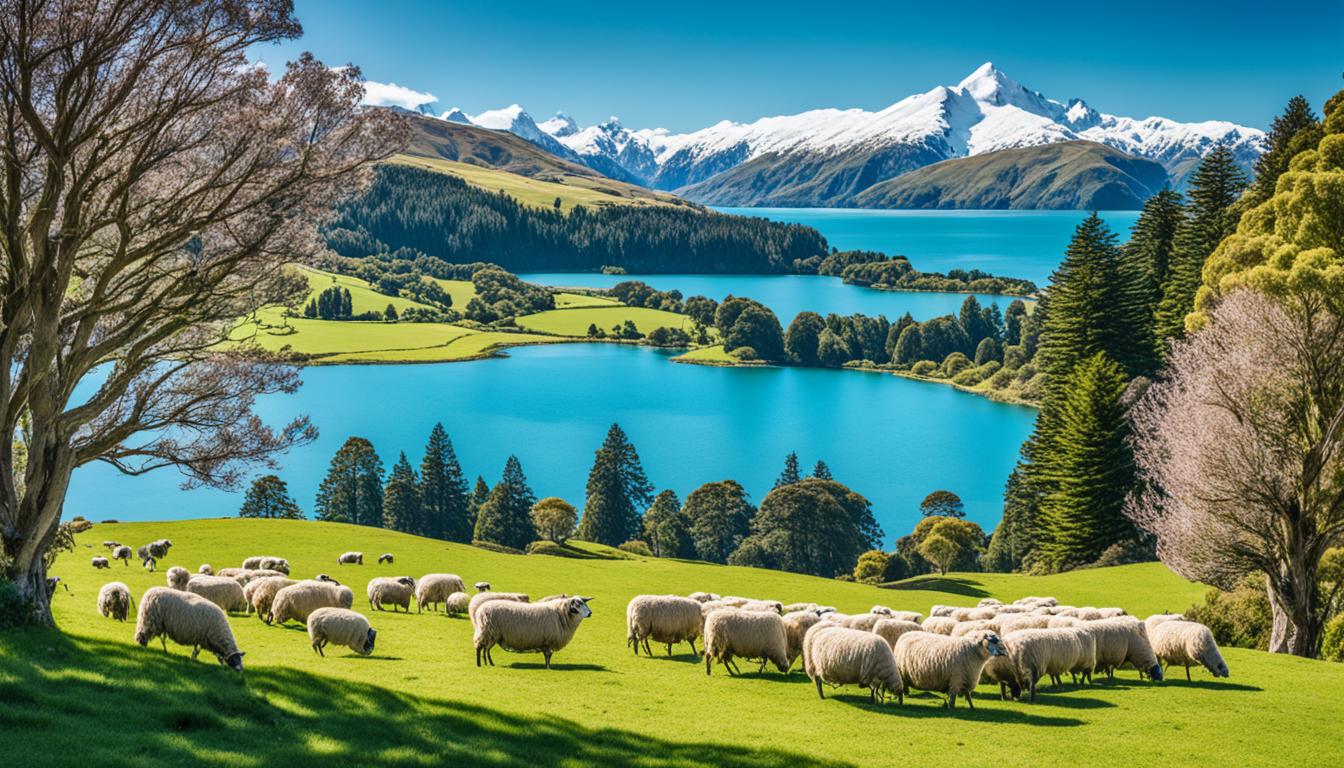
Explore why travelers adore New Zealand’s stunning landscapes, vibrant culture, and thrilling adventures. Discover the magic that makes people say “I like New Zealand.”
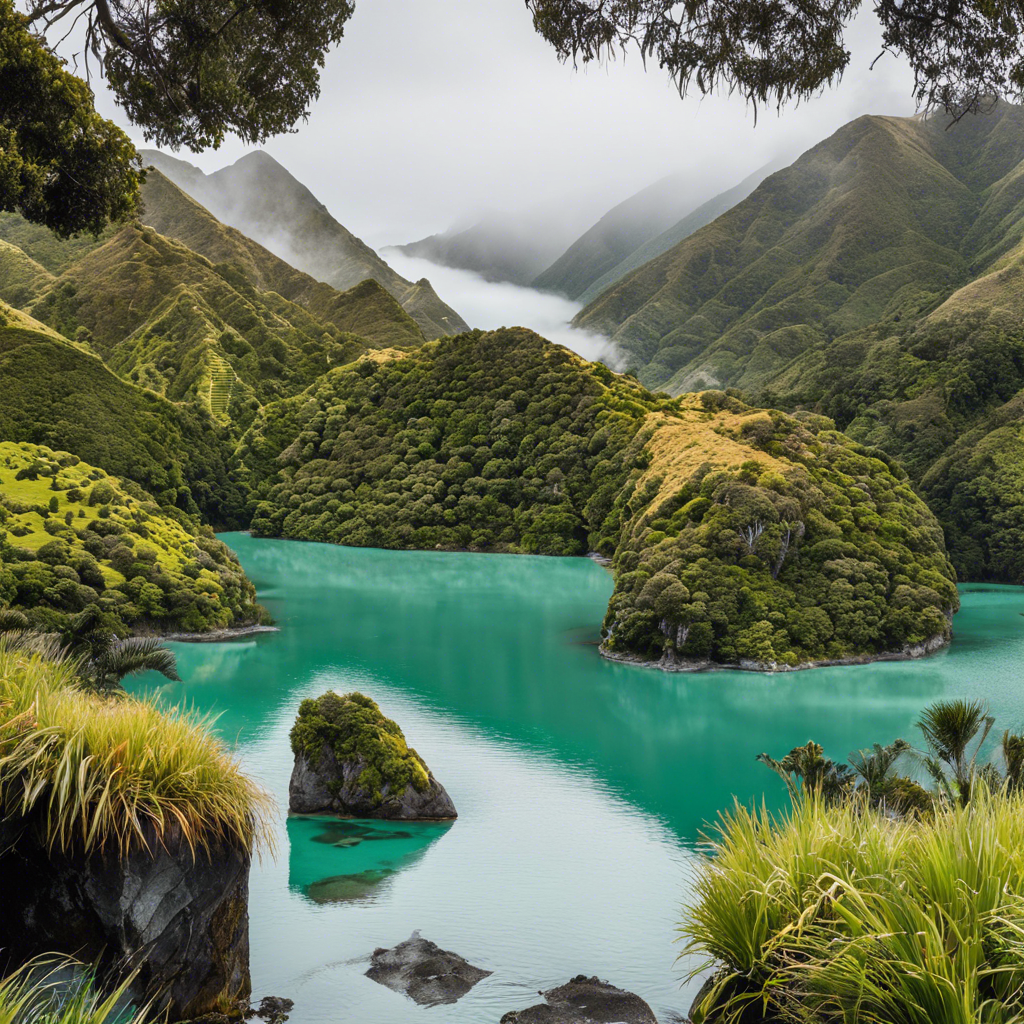
New Zealand, a country renowned for its breathtaking landscapes and friendly locals, offers visitors an array of incredible sights and experiences. With its diverse scenery, from majestic mountains to pristine beaches, there’s no shortage of natural wonders to explore. If you’re planning a trip to this beautiful country, here are ten must-see spots that will…

The rich and vibrant Maori culture is an integral part of New Zealand’s identity, with a deep history and unique traditions that continue to thrive today. For travelers seeking an authentic experience, delving into Maori customs and legends offers a magical journey into the heart of this ancient civilization. Here are five cultural experiences that…
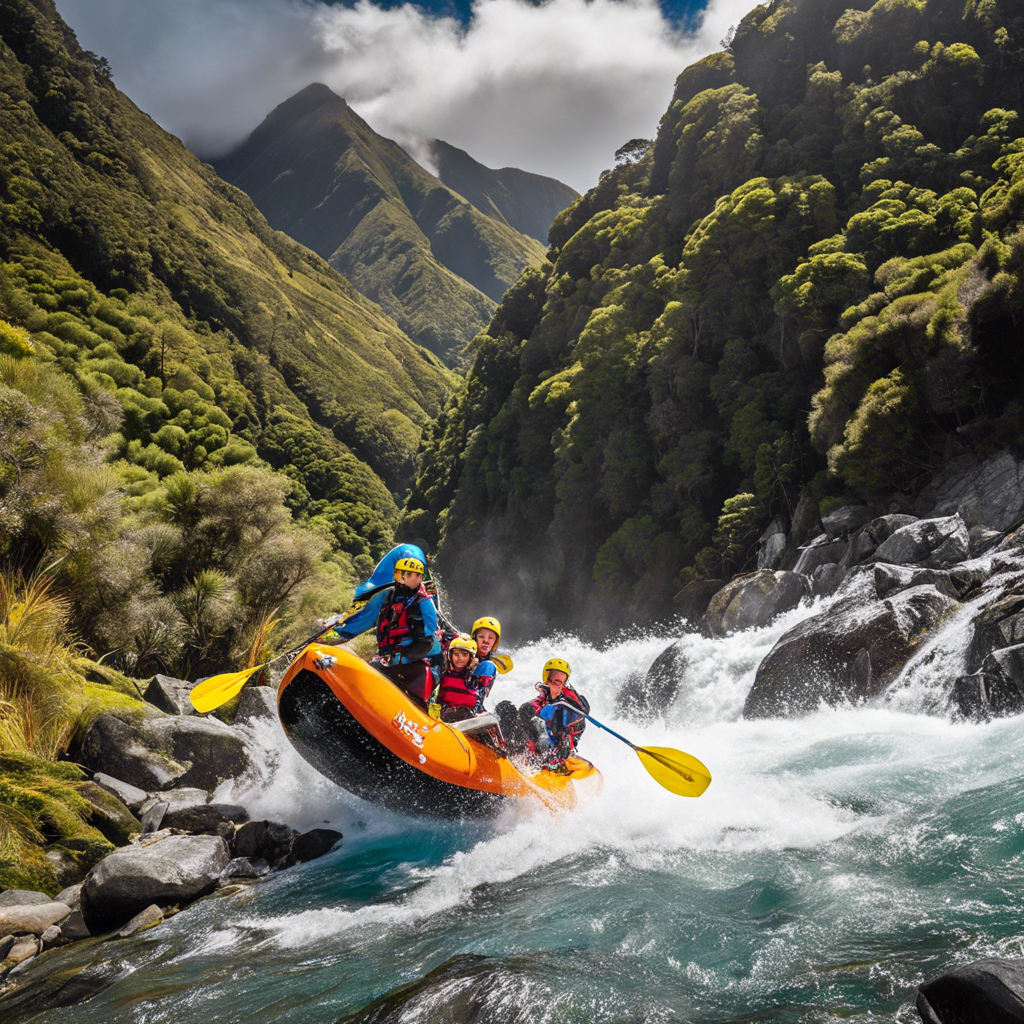
Adrenaline seekers, unite! If you’re looking for a thrill, New Zealand is the place to be. With its stunning natural landscape of mountains, rivers, and coastlines, this country offers adventurers an array of heart-pumping activities to satisfy their need for speed, height, and all-around excitement. So, gear up and get ready as we take you…
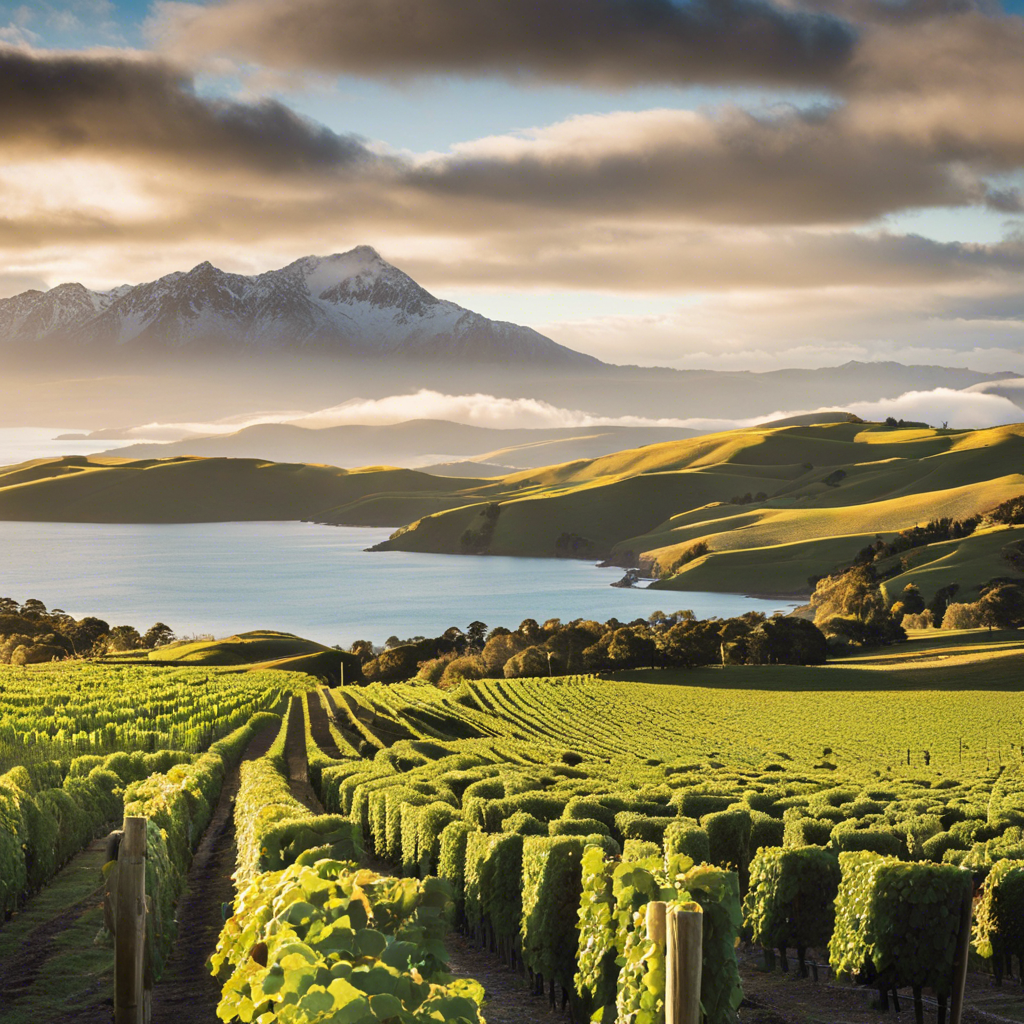
New Zealand is a country renowned for its natural beauty, from majestic mountains to pristine coastlines. But it’s also a destination that offers a wealth of gastronomic delights, with a vibrant food and wine culture just waiting to be discovered. If you’re a culinary enthusiast or simply looking to immerse yourself in the local flavors,…